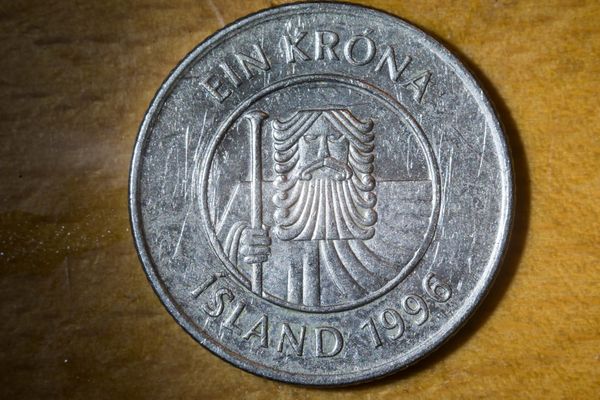Macro camera with 1" - aps-c sensor.
Jan 25, 2016 10:36:31 #
Nikonian72 wrote:
Your justification does not changes accepted definition of the vast majority of macro-photographers. Your statement above proves that you are comfortable with mis-leading people, not me, as you previously claimed.
There is nothing wrong with close-up photography. The error is labeling close-up as macro-photography.
There is nothing wrong with close-up photography. The error is labeling close-up as macro-photography.
Douglass, I think the distinction most folks don't get, at first anyway, is that definition of MACRO as *starting at* 1:1 and going to 10:1 (actual life size ON THE SENSOR to 10X life size, ON THE SENSOR).
Unfortunately, by that definition, there are few, if any, real macro lenses in the world. Plenty of so-called macro lenses (and a few that are errantly named "micro" ) will get down to 1:1, but most of them won't get closer without a bellows or extension tubes. You buy one, then learn, "Oops, I have to get something else to get closer." Without those accessories, most so-called macro lenses are just close-up lenses. And for most folks, close-up is all they really need!
I used to do a lot of multi-image slide shows back in the '80s. I did lots of true macro work, copying slides and cropping/enlarging portions of slides onto duplicating film, often using multiple exposures.
I worked with magnifications between about 1:4 and 8:1, using an enlarging lens mounted on a T-adapter, mounted on a bellows, mounted on a T-adapter, mounted on a Nikon F3. The bellows allowed precise movements to adjust both focus and magnification, since the enlarging lens was a fixed-focus Bogen 60mm wide angle designed for 2.25" square format negs.
Below 1:10 (1/10 life size on sensor), things like exposure reciprocity, depth of field, and diffraction get wonky, at least compared to what most folks are used to in the larger world. (Really, you just notice the laws of physics at work, more obviously!)
I'd encourage the original poster and anyone else with a curiosity about macrophotography to go over to your True Macro Forum and get an education before they dive into a macro session. They'd spend a LOT less time spinning their wheels if they did. It's a photographic specialty all its own.
Jan 25, 2016 11:40:08 #
John_F wrote:
Is that 1 kroner coin Norwegian?
It's a UK 20 pence piece which is quite small - just slightly larger than a 1 pence coin.
Jan 25, 2016 13:00:01 #
Jan 25, 2016 16:57:44 #
John_F wrote:
Is that 1 kroner coin Norwegian?
No, it is Icelandic.
Here are both sides of it in approx 1:1 macro version :wink:
The diameter of the coin is 21 mm and it is filling 24x36 mm sensor quite good.
Jan 25, 2016 17:02:08 #
burkphoto wrote:
Douglass, I think the distinction most folks don't... (show quote)
Good info, thanks !
Jan 26, 2016 12:22:25 #
wingclui44
Loc: CT USA
Nikonian72 wrote:
Your justification does not changes accepted definition of the vast majority of macro-photographers. Your statement above proves that you are comfortable with mis-leading people, not me, as you previously claimed.
There is nothing wrong with close-up photography. The error is labeling close-up as macro-photography.
There is nothing wrong with close-up photography. The error is labeling close-up as macro-photography.
I have something to show you that what I have always said, you can take "macro" photography with any camera with different size of sensor with the right accessories. You don't need a macro lens to start macro photography. As soon as your image reaches the 35mm full frame equivalent magnification, then it can be called "macro", forget about "True Macro".
This link is from Wikipedia site: It supports my thought.

If you want to reply, then register here. Registration is free and your account is created instantly, so you can post right away.





